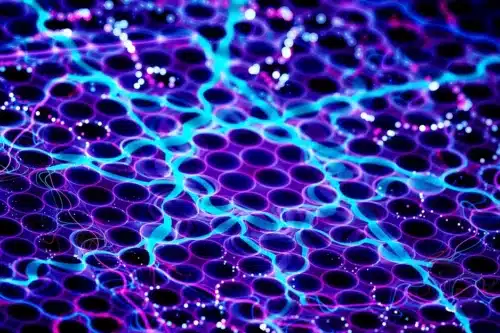“Magic-angle twisted graphene” provides the ability to turn superconductivity off and on with a literal flip of a switch.
Superconductivity is a phenomenon in which electrons in a material flow freely without any resistance. This also means that the electrons do not lose their energy. Therefore such material can have an endless potential to meet the world of electronics. The problem with this material is that in most materials it takes place at a very low temperature.

The twisted graphene, discovered in 2018, is made by placing two or three layers of graphene topped on each other. Each sheet is precisely twisted 1.05 degrees in respect to the one below it. The resultant had an unusual property : it could be made into an insulator or a superconductor depending on how many electrons were added.
While studying this material the team of researchers led by Stevan Nadj-Perge, assistant professor of applied physics and materials science, discovered that the unusual properties of this superconductive material cannot be explained by the Bardeen–Cooper–Schrieffer (BCS) theory.
They measured the superconducting gap as the electrons are removed from the trilayer with the flip of a switch to turn an electric field on or off. The gap denotes the property of superconductors, that how difficult is it to add or remove individual electrons. The electrons in the superconductors want to be paired, and consume a certain amount of energy to break such a pair.
Nadj-Perge explains, “An electric field effectively adds or removes extra electrons. It works in a very similar way as the current is controlled in conventional transistors, and this allowed us to explore superconductivity in ways that one cannot do in other materials.”
Researchers noted that there were two superconductivity regimes with differently shaped superconducting gap profiles. One of which could be explained by the BCS theory but the other regime direct towards the presence of an additional transition was likely to take place.
Hence this propert opens up various possibilities to use twisted trilayers for superconducting devices that may someday be used in quantum science and perhaps quantum information processing.
Reference : “Evidence for unconventional superconductivity in twisted trilayer graphene”
DOI: 10.1038/s41586-022-04715-z








